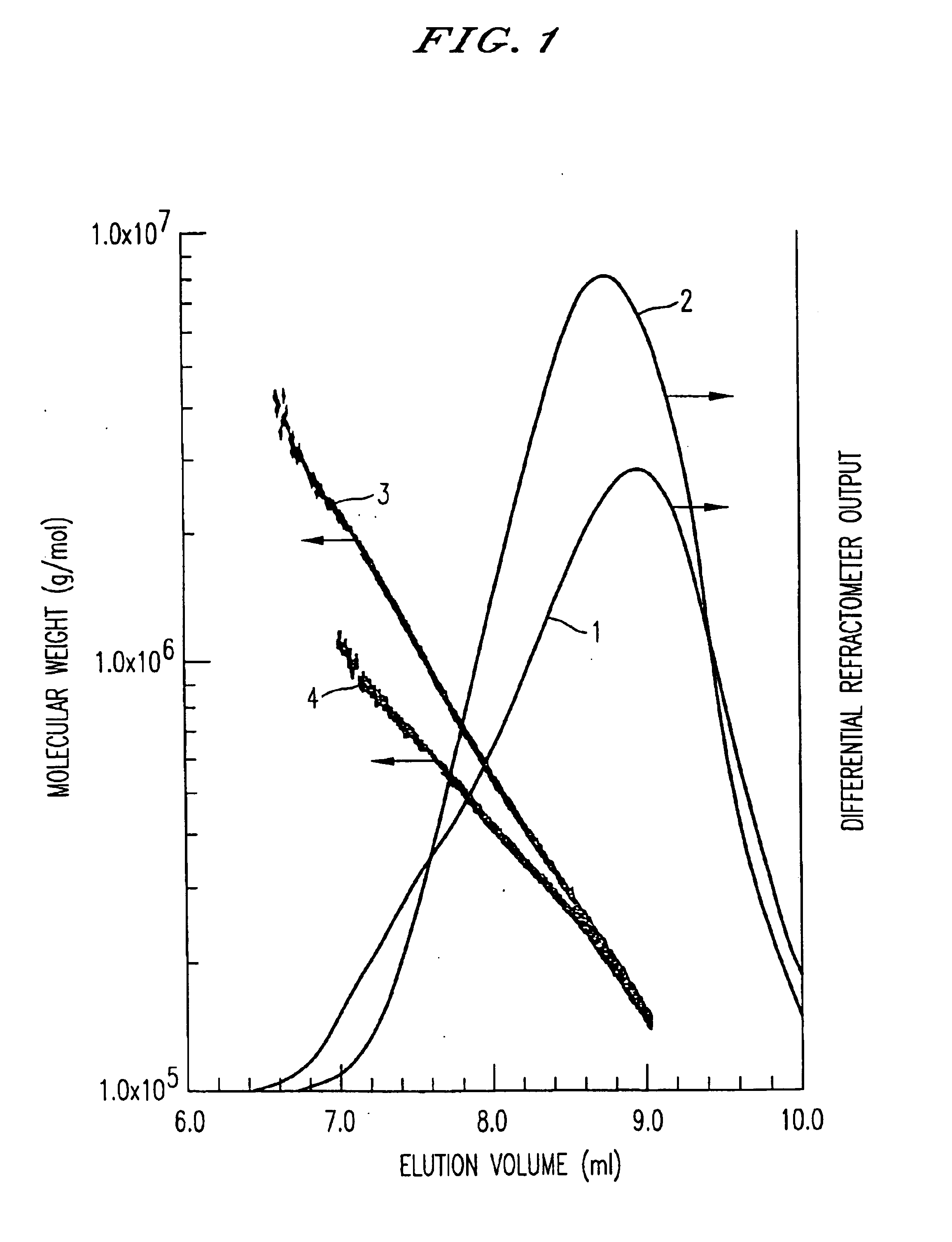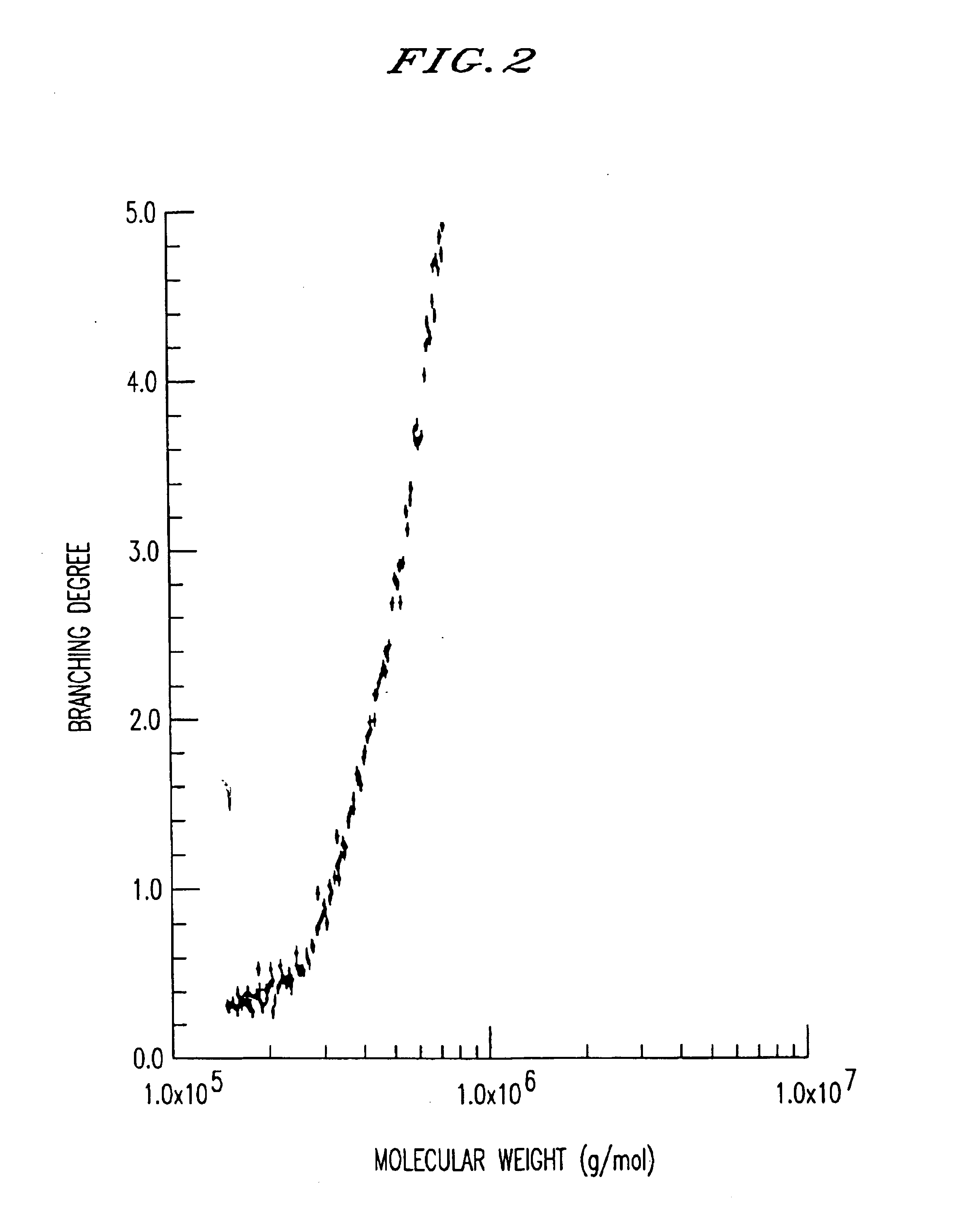Hyaluronic acid gel, method of its production and medical material containing it
a technology hyaluronic acid, which is applied in the field of new products, can solve the problems of low hyaluronic acid content, and no report on the formation of hyaluronic acid gel
- Summary
- Abstract
- Description
- Claims
- Application Information
AI Technical Summary
Benefits of technology
Problems solved by technology
Method used
Image
Examples
example 2
In Example 1, the hyaluronic acid concentration was changed to 0.1 wt % in the preparation of the hyaluronic acid aqueous solution, and the same procedure as in Example 1 was followed to give a spongy hyaluronic acid gel.
example 3
In Example 1, hyaluronic acid with a molecular weight of 6.times.10.sup.5 Da was dissolved to give a hyaluronic acid aqueous solution. After the same adjustment operation as in Example 1, the aqueous solution thus obtained was placed in a refrigerator set at -20.degree. C., and at least 6 hours of freezing and at least 2 hours of thawing at 25.degree. C. were repeated 5 times to give a spongy hyaluronic acid gel.
example 4
In Example 1, the freezing temperature was set at -10.degree. C. Freezing at -10.degree. C. for 77 hours and subsequent thawing at 25.degree. C. gave a spongy hyaluronic acid gel.
PUM
| Property | Measurement | Unit |
|---|---|---|
| pH | aaaaa | aaaaa |
| thawing temperature | aaaaa | aaaaa |
| freezing temperature | aaaaa | aaaaa |
Abstract
Description
Claims
Application Information
 Login to View More
Login to View More - R&D
- Intellectual Property
- Life Sciences
- Materials
- Tech Scout
- Unparalleled Data Quality
- Higher Quality Content
- 60% Fewer Hallucinations
Browse by: Latest US Patents, China's latest patents, Technical Efficacy Thesaurus, Application Domain, Technology Topic, Popular Technical Reports.
© 2025 PatSnap. All rights reserved.Legal|Privacy policy|Modern Slavery Act Transparency Statement|Sitemap|About US| Contact US: help@patsnap.com



